Optimal Timing for Tree Root Removal
Tree root removal is a critical process that can impact the health of a tree and the safety of a property. The timing of root removal depends on various factors including the season, tree species, and environmental conditions. Proper timing ensures minimal stress to the tree and effective removal of problematic roots.
Late winter and early spring are generally considered the best times for tree root removal. During dormancy, trees are less active, reducing stress and allowing for easier root excavation.
Weather conditions, soil moisture, and tree health influence the ideal timing. Avoiding extreme heat or drought conditions helps prevent additional stress on the tree.
Removing roots during active growth periods can cause significant stress, increasing the risk of disease and decline. Proper timing supports better recovery and health of the tree.
Performing root removal when soil is moist and workable reduces the risk of soil compaction and damage to underground utilities, improving safety and efficiency.
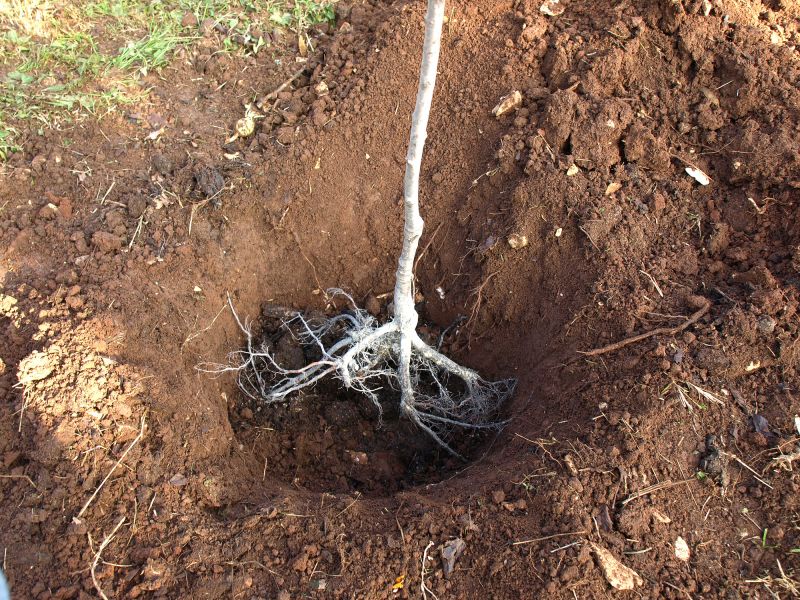
Frozen or frozen-thawed soil allows easier excavation and reduces tree stress.

Early spring before active growth begins minimizes stress and promotes healthy recovery.
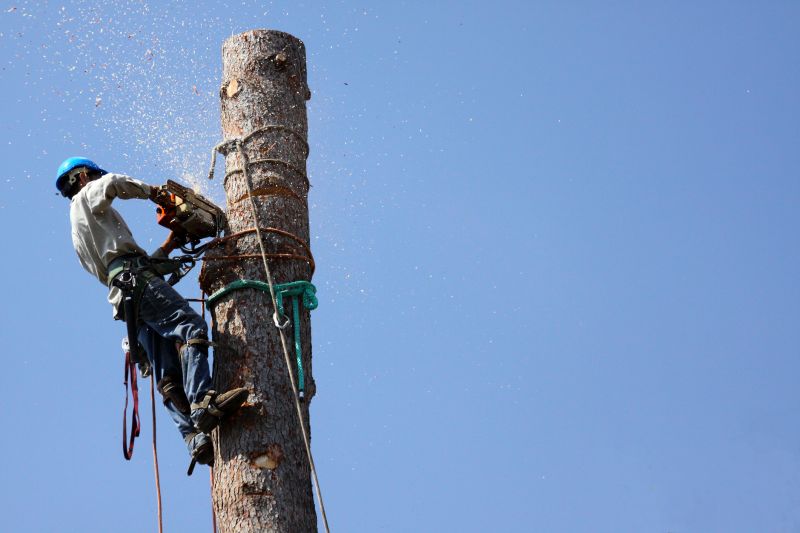
High temperatures and dry soil make summer root removal more difficult and risky for the tree.
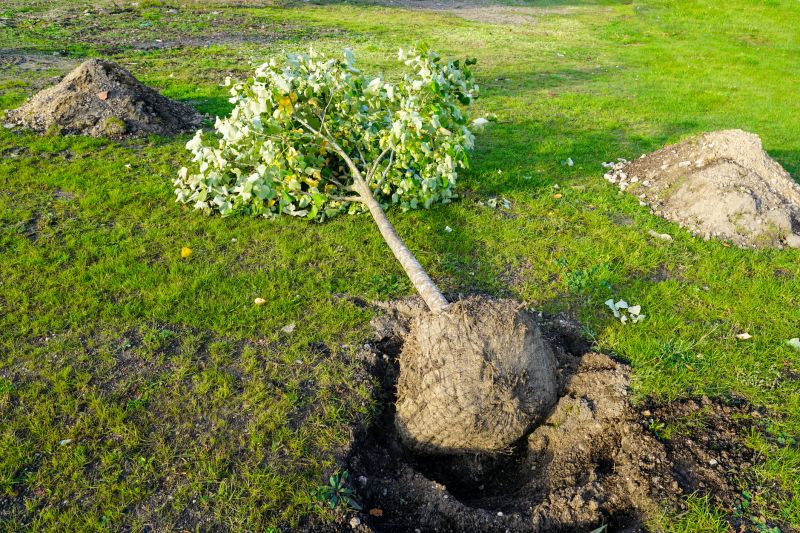
Ways to make Tree Root Removals work in tight or awkward layouts.
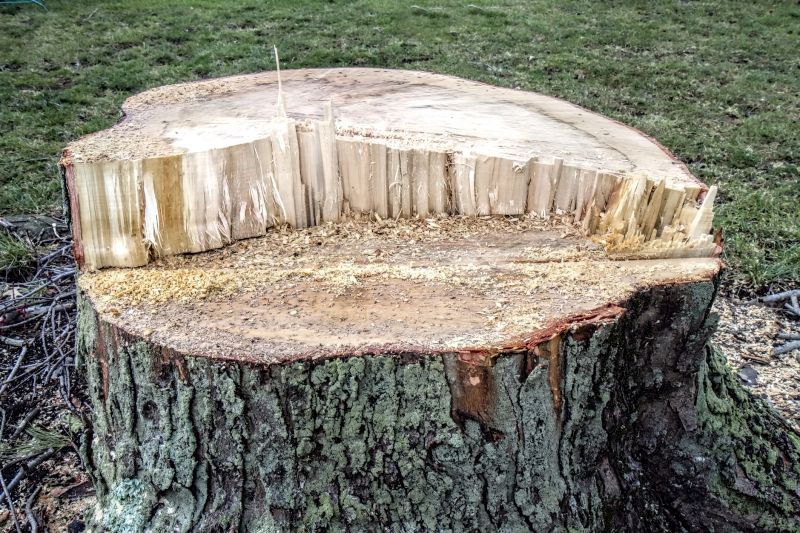
Popular materials for Tree Root Removals and why they hold up over time.
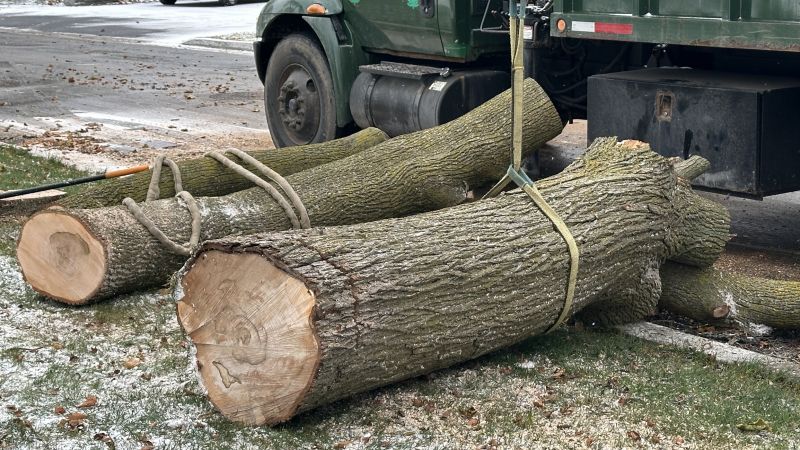
Simple add-ons that improve Tree Root Removals without blowing the budget.
Tree root removal is a precise process that requires careful planning and execution. Roots can extend far beyond the canopy, sometimes reaching several times the width of the tree's branches. Removing problematic roots can prevent damage to foundations, underground utilities, and nearby structures. However, improper timing or technique can lead to tree stress, decline, or failure. It is essential to consider environmental conditions, tree species, and site-specific factors when scheduling removal activities.
| Season | Advantages |
|---|---|
| Winter | Soil is often frozen or moist, making excavation easier and less stressful for the tree. |
| Early Spring | Prevents active growth disturbance and allows for quick recovery. |
| Late Fall | Tree enters dormancy, reducing stress during root removal. |
| Avoid Summer | High temperatures and dry soil increase risks and difficulty. |
| Avoid Peak Growth Periods | Removing roots during active growth can cause excessive stress and health issues. |
